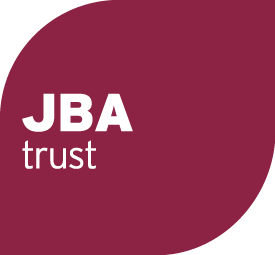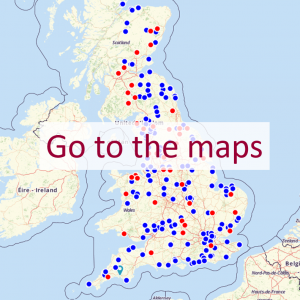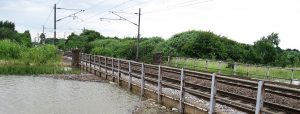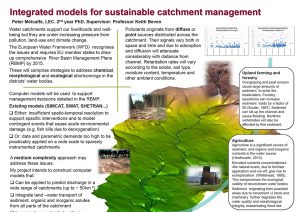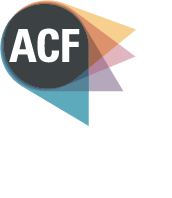Susceptibility of catchments to INTense RAinfall and flooding (SINATRA)
As part of our support for the SINATRA project, we have been working on identifying exceptional “rapid-rise” events, a type of flash flooding, in gauged river flow records throughout Great Britain.
The SINATRA project is funded by NERC, the Environment Agency and the UK Met Office under the Flooding from Intense Rainfall thematic programme, and started in September 2013.
This large consortium project led by Reading University assembles a multidisciplinary team of world-leading experts from academia (Reading University, Bristol University, Newcastle University, Exeter University, Hull University, King’s College London), industry (Halcrow and JBA), and government (UK Met Office and their joint Flood Forecasting Centre with the Environment Agency, the British Geological Survey , the Health and Safety Laboratory and the Cabinet Office’s Natural Hazards Partnership).
SINATRA aims to advance scientific understanding of the drivers, thresholds, and impacts of flooding from intense rainfall in ‘at-risk’ UK catchments and to translate this small-scale process understanding into new open source model architectures and parameterisations to enable the development of decision-support tools, improving the capacity of forecasting agencies to deliver impacts-based warnings and predictions needed for managing Flooding From Intense Rainfall.
JBA Trust is providing in-kind support in the form of expertise on applied research for flood forecasting, risk assessment and management as well as analysis of “rapid-rise” events in gauged river flow records throughout Great Britain.
Quantification of measured extreme rapid-rise events in rivers
We presented our work at the joint FRANC (Forecasting Rainfall exploiting new data Assimilation techniques and Novel observations of Convection) and SINATRA (Susceptibility of catchments to INTense RAinfall and flooding) annual conference held at ECMWF in Reading on 13-14 January 2016.
This poster explains how we have analysed historical 15-minute resolution data from 2,578 gauging station records to find exceptional rapid-rise events and assess their probability of occurrence.
Historical chronologies of flash flooding
Recently David Archer, supported by JBA Trust, and Hayley Fowler of Newcastle University published a paper about chronologies of historical flash floods derived from searches of newspaper archives and other sources commencing before 1800, along with recent gauged rainfall and stream flow data.
The paper includes five examples illustrating specific features of flash floods, which mostly happen on steep upland catchments, but can also occur on lowland catchments. A definition of flash floods from intense rainfall, relevant to British landscape and climate, is proposed. The paper is available here.
